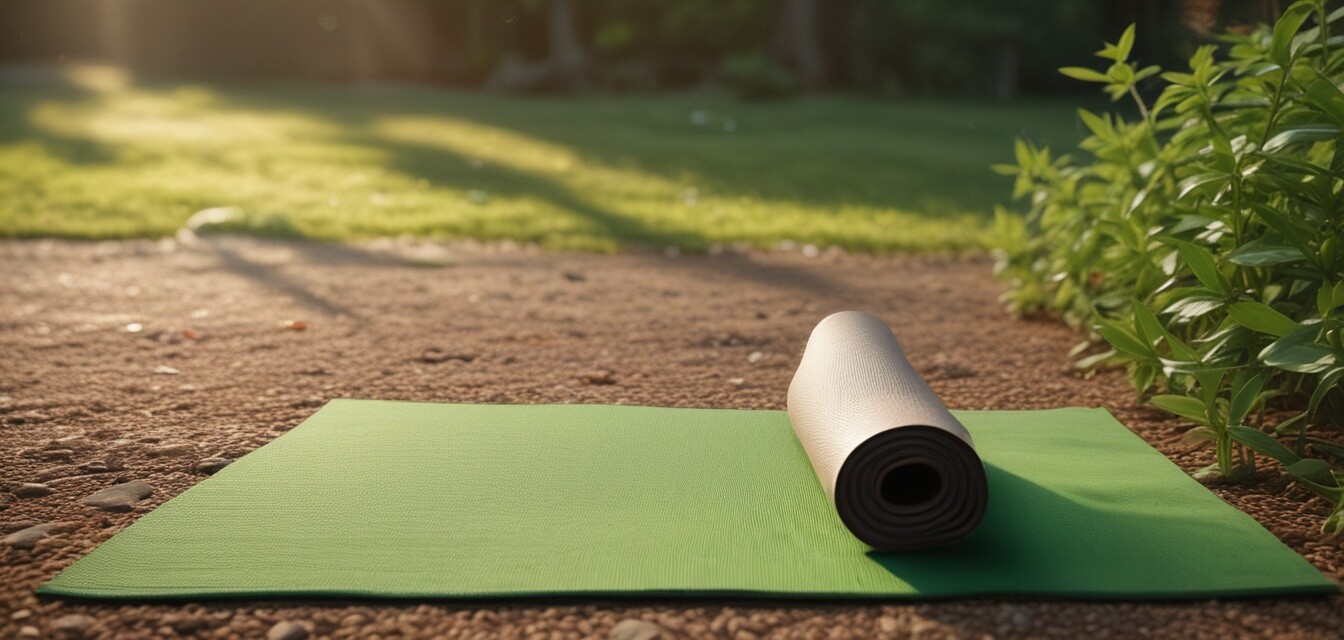
Simple yoga poses to alleviate allergy symptoms
Key Takeaways
- Yoga can help reduce stress, which may exacerbate allergy symptoms.
- Breathing exercises can improve lung function and promote relaxation.
- Regular practice of yoga poses tailored for respiratory health can enhance overall well-being.
- These techniques are simple and can be easily incorporated into daily routines.
- Consult your healthcare professional before starting any new exercise program.
Seasonal allergies can be a challenging part of life for many individuals, often impacting daily activities and overall well-being. While there are numerous medications available, incorporating yoga and breathing exercises can provide additional relief and relaxation. This article will explore some simple yoga poses that can help alleviate allergy symptoms, promoting a sense of calm and health in both body and mind.
The connection between yoga and allergies
Yoga creates a holistic approach to wellness, addressing both the physical and mental aspects of health. By practicing yoga, individuals can experience:
- Stress reduction, which is vital since stress may heighten allergy symptoms.
- Improved breathing techniques that positively affect lung capacity and airflow.
- The ability to focus on the present moment, enhancing mental clarity and relaxation.
Yoga poses to consider
Here are a few yoga poses that may help alleviate seasonal allergy symptoms:
| Pose | Description | Benefits |
|---|---|---|
| Cat-Cow Stretch | A gentle flow between two poses that warms the body and relieves tension. | Improves spine flexibility and enhances respiratory function. |
| Child’s Pose | A resting pose that stretches the back and helps calm the mind. | Promotes relaxation and helps relieve stress. |
| Bridge Pose | A back-bending pose that opens the chest and lungs. | Enhances lung capacity and promotes better breathing. |
| Seated Forward Bend | A forward-bending pose that stretches the spine and hamstrings. | Calms the mind and can alleviate anxiety related to allergies. |
| Corpse Pose | A restorative relaxation pose practiced at the end of your session. | Helps facilitate deep relaxation and stress relief. |
Breathing exercises for allergy relief
In addition to yoga poses, breathing exercises can be beneficial in alleviating allergy symptoms. They help clear nasal passages and enhance lung capacity. Here are a few effective techniques:
- Deep Breathing: Inhale deeply through the nose, allowing the abdomen to expand. Exhale fully through the mouth.
- Alternate Nostril Breathing: Close one nostril and inhale through the other, then switch after exhaling.
- Box Breathing: Inhale for a count of four, hold for four, exhale for four, and hold for four again before repeating.
Creating a yoga routine
Integrating yoga into your schedule doesn’t have to be overwhelming. Here’s how you can create a simple yoga routine:
- Start with a few minutes of focused breathing to center yourself.
- Choose 2-4 yoga poses that resonate with you, progressing from simple to more complex as you become comfortable.
- Finish with relaxation techniques, including Child’s Pose or Corpse Pose, for a calming conclusion.
- Practice regularly, aiming for at least 15-20 minutes a day to see benefits.
Tips for optimizing your practice
Beginners Section
- Find the right environment: Choose a quiet and comfortable space.
- Use props: Props like blocks or straps can provide support.
- Listen to your body: Modify poses as needed and don’t push into pain.
- Stay hydrated: Drink water before and after your session.
Conclusion
Incorporating yoga into your daily routine can provide a holistic approach to managing seasonal allergies. While these practices can increase relaxation and ease some discomforts, remember to consult a healthcare professional for personalized advice. By finding balance through yoga and focusing on breathing, you may enhance your overall well-being during allergy seasons. For more insights into managing seasonal allergies, explore our blog on tips and best practices.
Pros
- Promotes natural stress relief.
- Enhances lung capacity and relaxation.
- Can be practiced anywhere, at any time.
Cons
- Not a substitute for professional medical treatment.
- Some poses may not be suitable for everyone.
- Requires regular practice to see improvements.